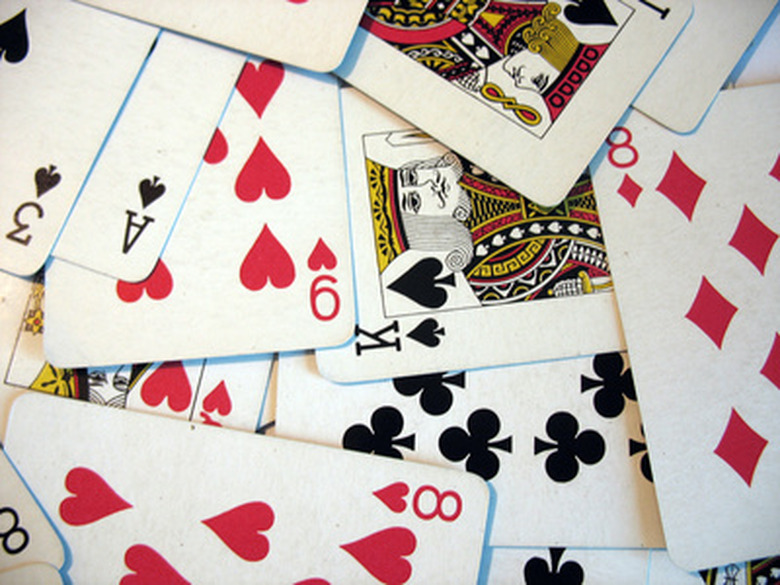What Is Mutually Inclusive?
A mutually exclusive event is one wherein two events cannot happen at the same time (e.g. getting heads and tails in a single coin toss), a mutually inclusive event allows both events to occur in a single trial (e.g. drawing a card that is a spade and drawing a card that is a king).
If we look at events using a Venn diagram, mutually exclusive events would have no overlap: if event A occurs, event B cannot occur. Mutually inclusive events would have different possible outcomes, and there would be a non-zero probability that event A and event B could occur at the same time where the Venn diagram circles would overlap.
TL;DR (Too Long; Didn't Read)
Mutually exclusive and mutually inclusive events are sometimes called disjoint events and overlapping events respectively.
Examples of Mutually Inclusive Events
Examples of Mutually Inclusive Events
Consider a standard deck of cards where our sample space is just the set of cards we can draw. Drawing a black card or a king serves as an example of a mutually inclusive event. The odds of drawing a black card are 26 out of 52, and the odds of drawing a king are 4 out of 52. However, because drawing either a black card or a king is considered a success, the true probability of this event would be 28 out of 52, because half the deck is black (26 out of 52) and the drawer has the added advantage of the two extra red king cards (26 out of 52 plus 2 out of 52 equals 28 out of 52).
A general equation for finding the probability of either event A or event B occurring must include a consideration for mutually inclusive events:
\(P(A \text{ or } B) = P(A) + P(B) – P(A \text{ and } B)\)
If the events are mutually exclusive, then the P(A and B) would be zero. If the events are mutually inclusive, this probability would be non-zero, so we account for this overlap in our calculation by subtracting this redundant probability.
Considerations and Other Types of Events
Considerations and Other Types of Events
The formula above cannot be applied to dependent variables, wherein one event depends on another happening. For example, the probability of drawing a red card or a king twice in a row would have to account for the different probability for the second card that will be changed because there is one less card in the deck.
In probability theory, independent events and dependent events are also important considerations of any statistical situation. Independent events do not affect one another, like the basic probability of flipping two coins and getting heads on both. Dependent events directly affect the outcome of the other event. Consider drawing two cards in a row, the probability that the first card is an even number is one half, but the probability the second card is an odd number is now slightly higher than one half because an even card has been removed.
Generally, mutually exclusive events have to be dependent, but mutually inclusive events can be independent or dependent events. The probability of mutually inclusive events will hinge on their (in)dependence.
Cite This Article
MLA
Stocke, Carlton. "What Is Mutually Inclusive?" sciencing.com, https://www.sciencing.com/mutually-inclusive-6953082/. 29 June 2023.
APA
Stocke, Carlton. (2023, June 29). What Is Mutually Inclusive?. sciencing.com. Retrieved from https://www.sciencing.com/mutually-inclusive-6953082/
Chicago
Stocke, Carlton. What Is Mutually Inclusive? last modified June 29, 2023. https://www.sciencing.com/mutually-inclusive-6953082/
